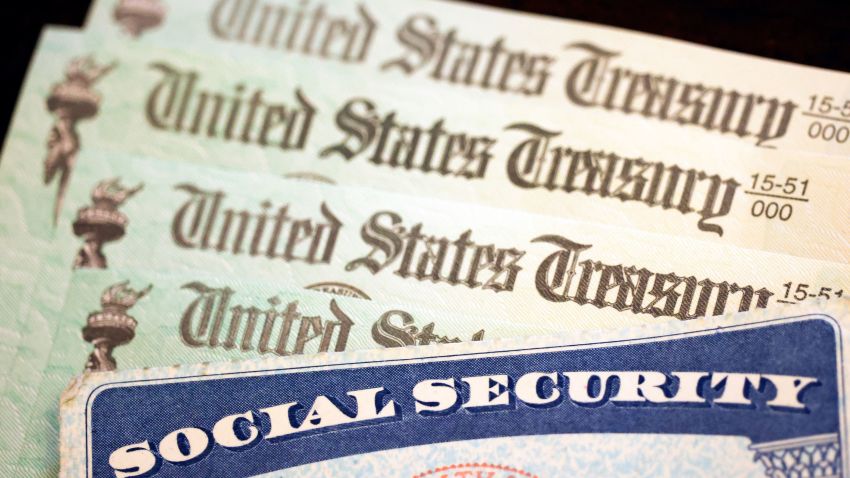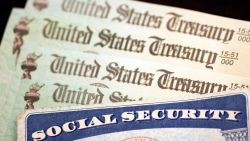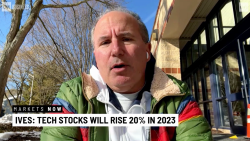New retirement rules could make it easier for Americans to accumulate retirement savings — and less costly to withdraw them — if lawmakers pass a retirement reform package before the end of the month.
The House already passed its own version of retirement plan rule changes, and two key Senate committees passed their own versions. Since the summer, lawmakers have been trying to stitch the three bills together into one large package known as Secure 2.0.
After it’s finalized, one idea is to attach that package to an overall government spending bill that may be voted on by both chambers in Congress before the holidays. But if lawmakers can’t agree on such an omnibus spending bill, Secure 2.0 likely would have to be reintroduced next year for the new Congress’ consideration.
“The House and Senate have been working to come to an agreement and are close to one — the final bill is almost there,” said Democratic Sen. Ben Cardin, who co-sponsored the bill passed by the Senate Finance Committee, in an emailed statement. “But the question is what vehicle will get it across the finish line. We absolutely need to ensure it is a priority.”
While the details are still under wraps and no legislative language has been released, here’s a look at seven of the savings provisions very likely to make it into any final retirement package, according to two retirement policy experts who have been following the process closely — Chris Spence, head of federal government relations at TIAA; and Brigen Winters, a principal and policy practice chair at the law firm Groom Law Group.
1. Require auto enrollment in 401(k) plans
Employers starting new workplace retirement savings plans could be required to automatically enroll employees in the plan. (It is currently optional for employers to do so.) It would then be up to the employee to actively opt out if they don’t wish to participate.
The provision would likely require a default contribution rate (e.g., between 3% and 10%) plus automatic escalation (e.g., of 1% per year up to a maximum contribution rate of at least 10% but no more than 15%).
2. Introduce employer contributions for student loan payments
When you have to pay down student loan debt, it makes it harder to also save for retirement. Secure 2.0 could let employers make a matching contribution to an employee’s retirement plan based on their student loan payments. That way, it would ensure that the employee is building retirement savings no matter what.
3. Increase the age for required minimum distributions
It used to be that when you turned 70-1/2 you had to start withdrawing a required minimum amount from your 401(k) or IRA. Then, the age moved up to 72. Under the latest legislation, you likely would not need to tap your retirement savings until age 75 if you did not wish to.
4. Help employees build and access emergency savings
Normally if you tap your 401(k) before age 59-1/2, you must not only pay taxes on that money, but also pay a 10% early-withdrawal penalty.
For employees who are dissuaded from saving money in a tax-deferred retirement plan because they are concerned it would be too complicated and costly to access it for emergencies, Secure 2.0 may include one or two options to assuage that fear.
One option would let you make a penalty-free withdrawal of up to $1,000 a year for emergencies. While the employee would still owe income tax on that withdrawal in the year it’s made, they could get that money back if they repay the amount they withdrew within three years, Winters said.
Another might let an employer add a “sidecar account” to an employee’s retirement account, where the employee can contribute after-tax money explicitly for emergencies, Spence said. That money could be taken directly from their paycheck, just as their 401(k) contributions are.
5. Raise catch-up contribution limits for older workers
Currently, if you’re 50 or older you may contribute an additional $6,500 to your 401(k) on top of the $20,500 annual federal limit. Under the retirement package, those between ages 60 and 64 (the final range may be narrower) may be allowed to contribute $10,000, instead of $6,500.
To help pay for the cost of the retirement package, however, another provision could require anyone making catch-up contributions to “Rothify” them. So, instead of making before-tax contributions up to the catch-up contribution limit, you could still contribute the same amount but it would have to be with after-tax money. That money would then grow tax free and may be withdrawn tax free in retirement. But the federal government would get the tax revenue from the original contribution up front.
6. Enhance and simplify the Saver’s Credit
An underutilized federal match exists for low-income earners’ retirement contributions up to $2,000 a year. The new retirement package might enhance and simplify the so-called Saver’s Credit so more people could use it. Low-income filers could get a refundable tax credit worth 50% of their savings up to a contribution limit in a given year.
Tax credits reduce your tax liability dollar for dollar. But refundable tax credits mean the filer will get the money even if they had no income tax liability to reduce.
7. Make it easier for part-time workers to save
Part-time workers currently must be allowed to participate in a workplace retirement plan if they have at least three years of service and work at least 500 hours a year. The new package likely would reduce that service time to two years.






















